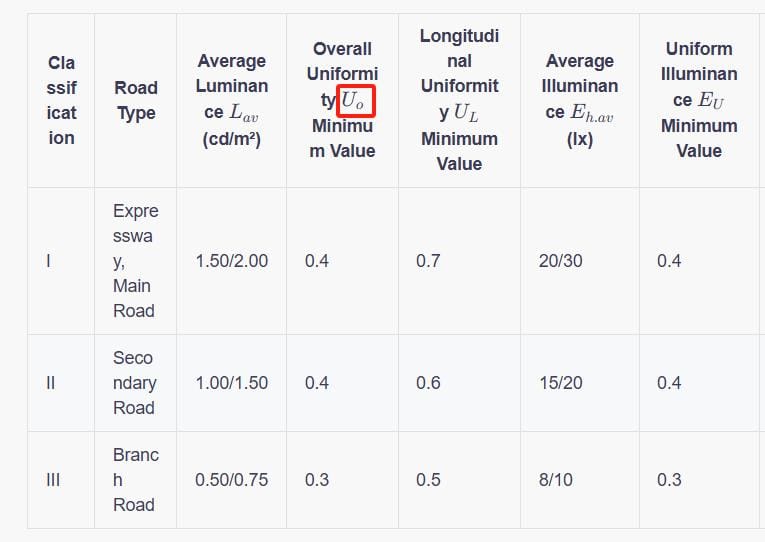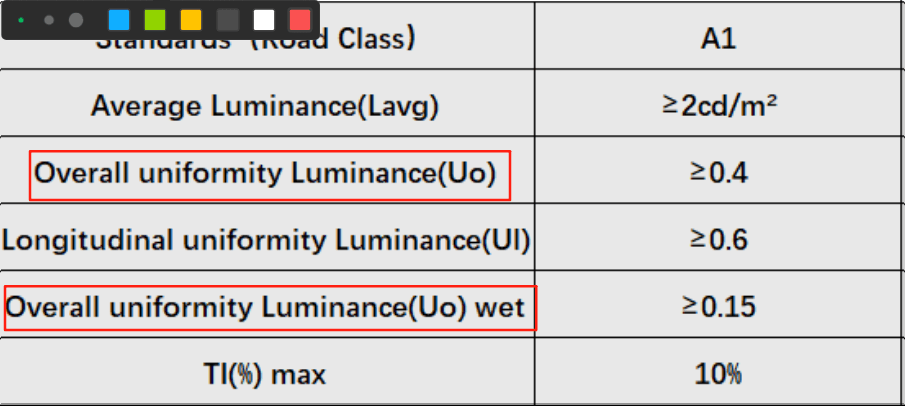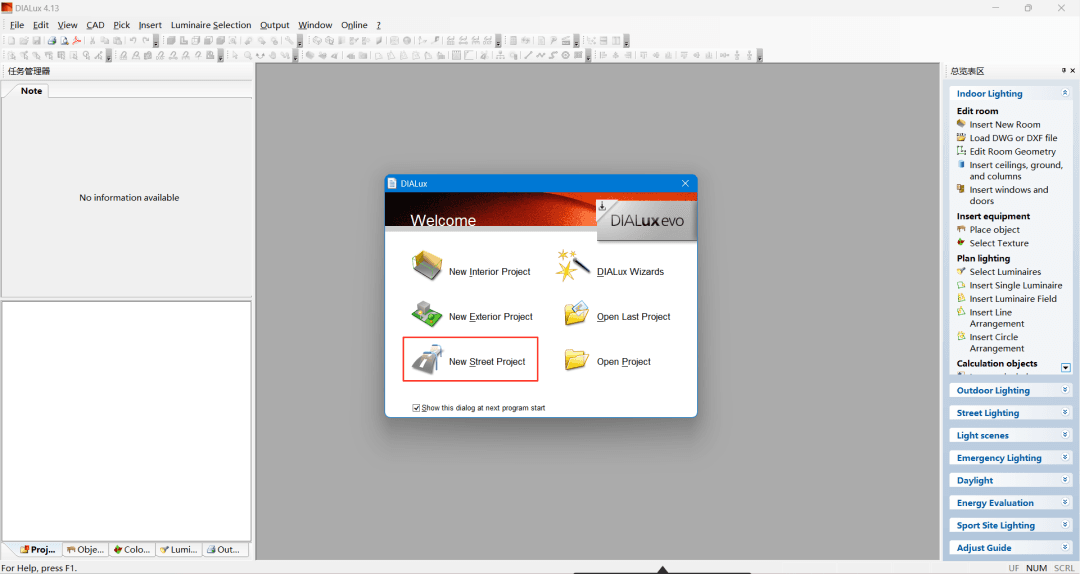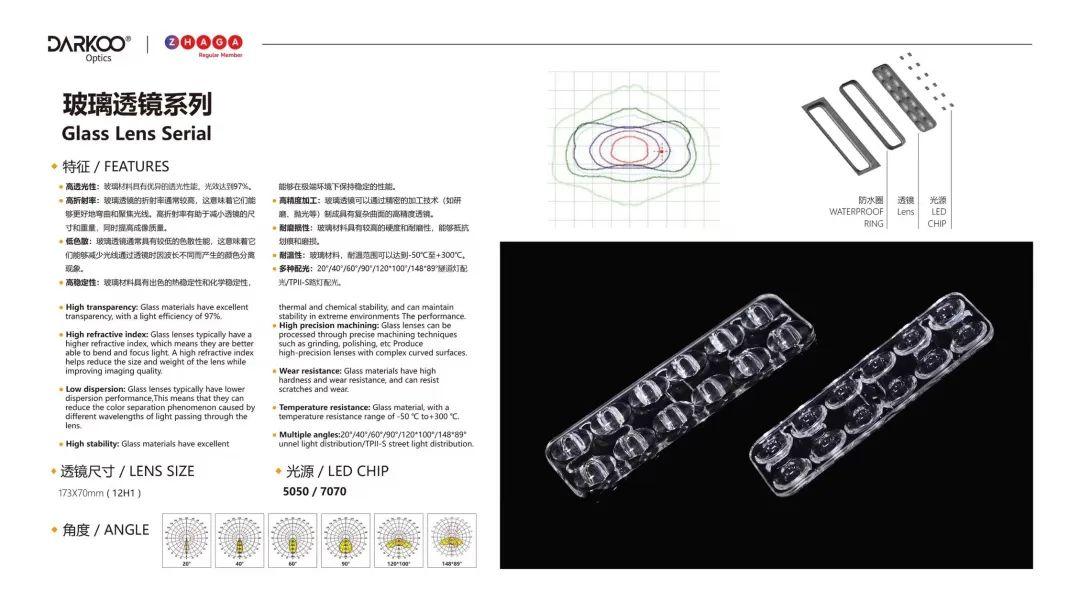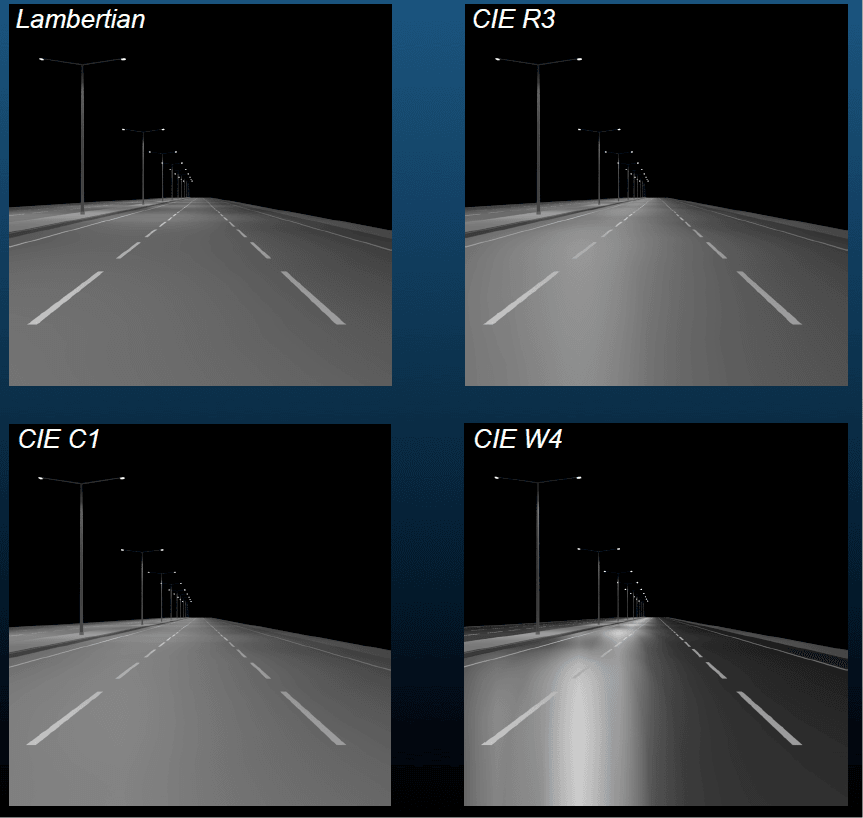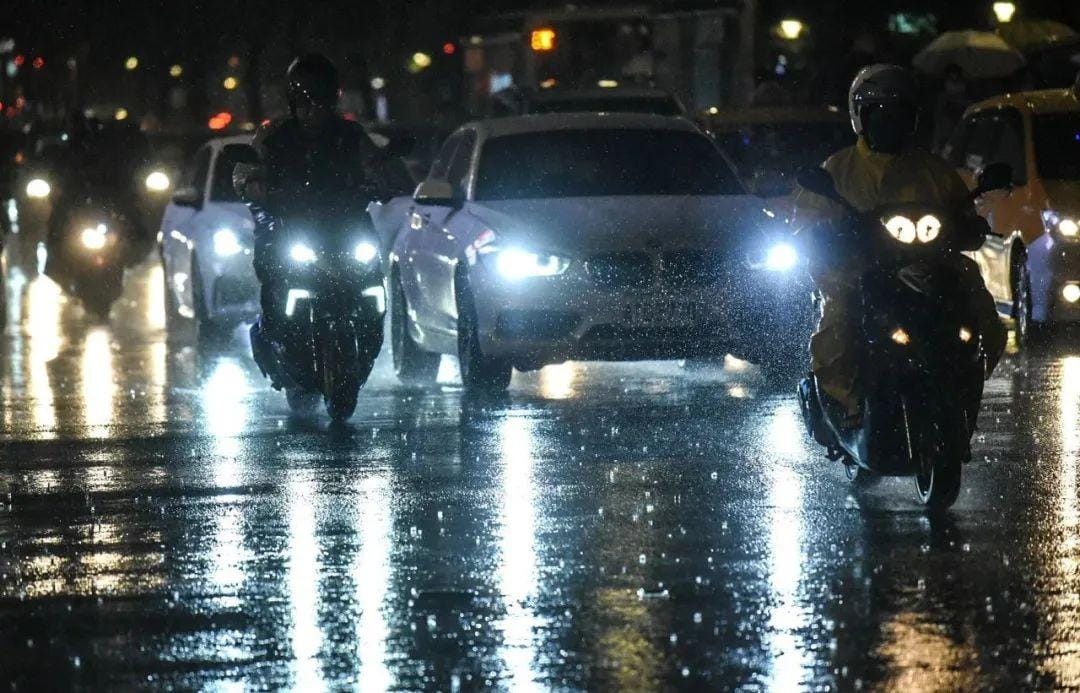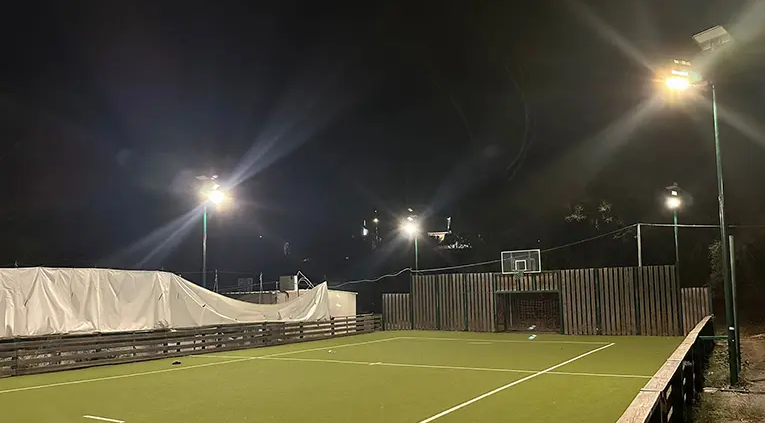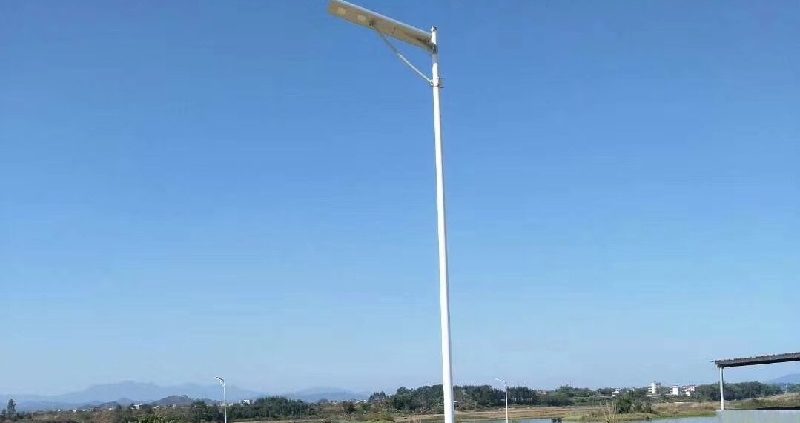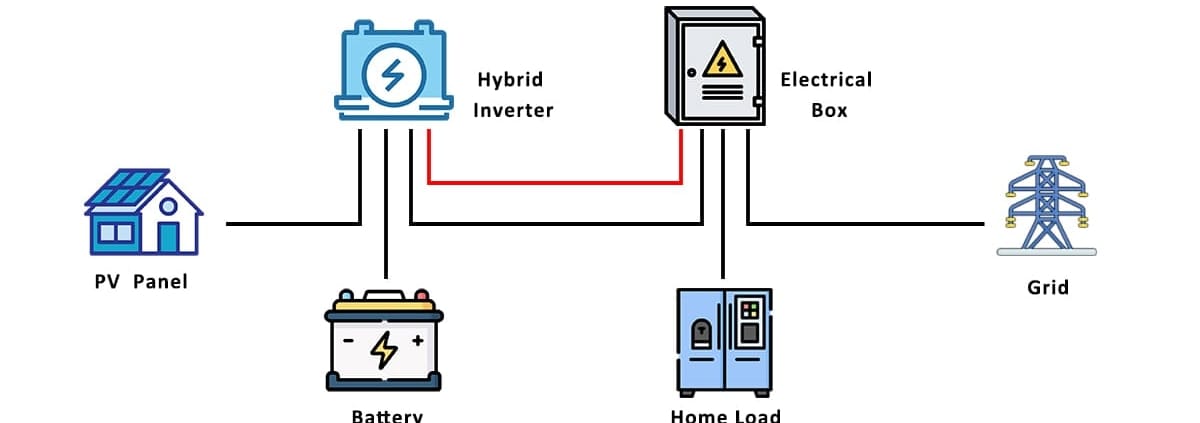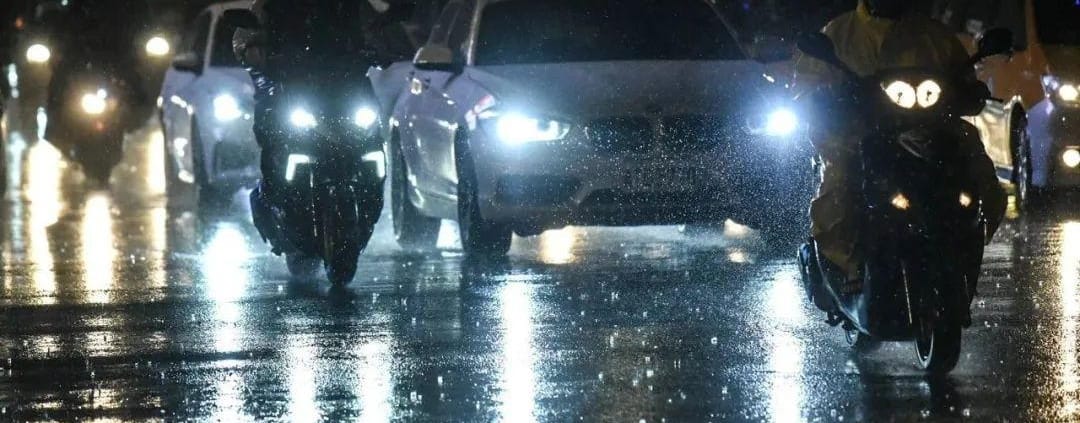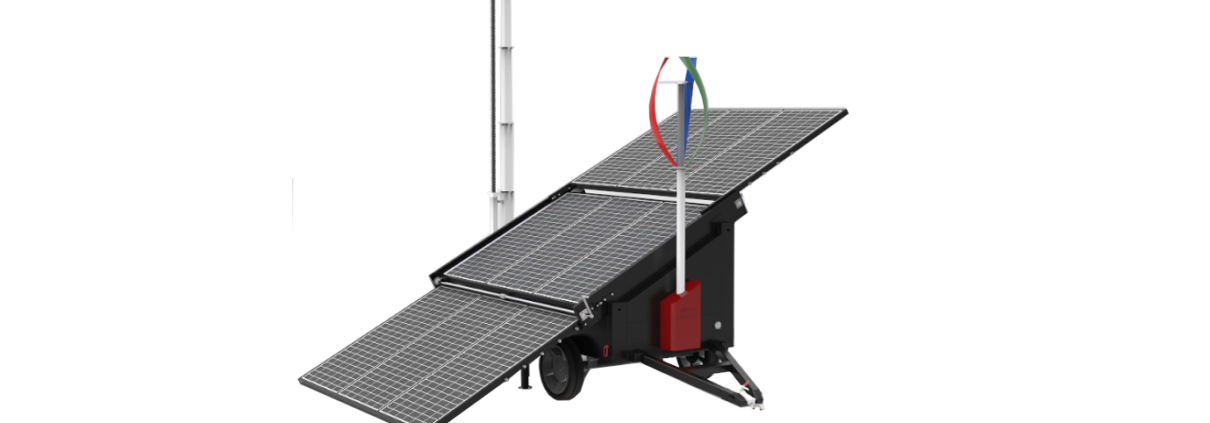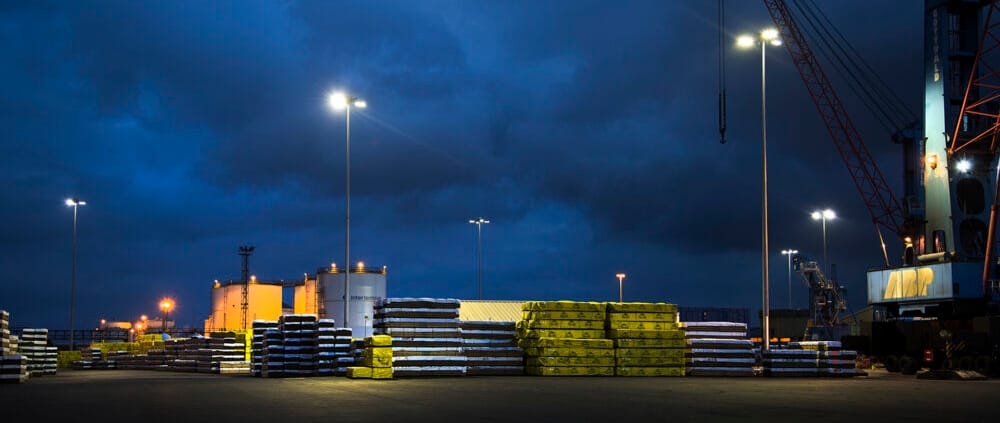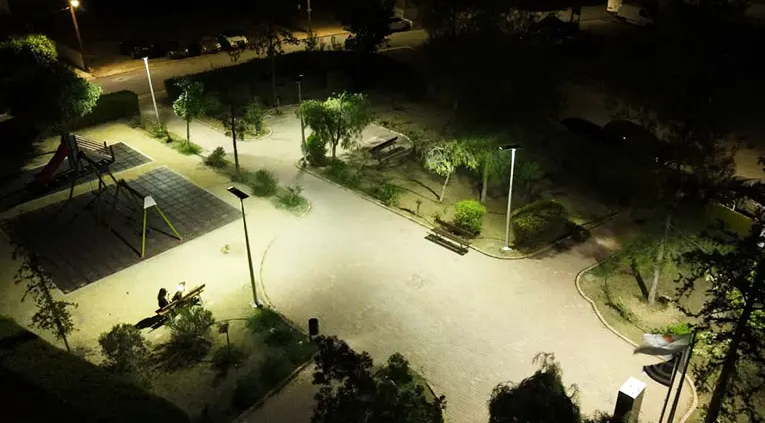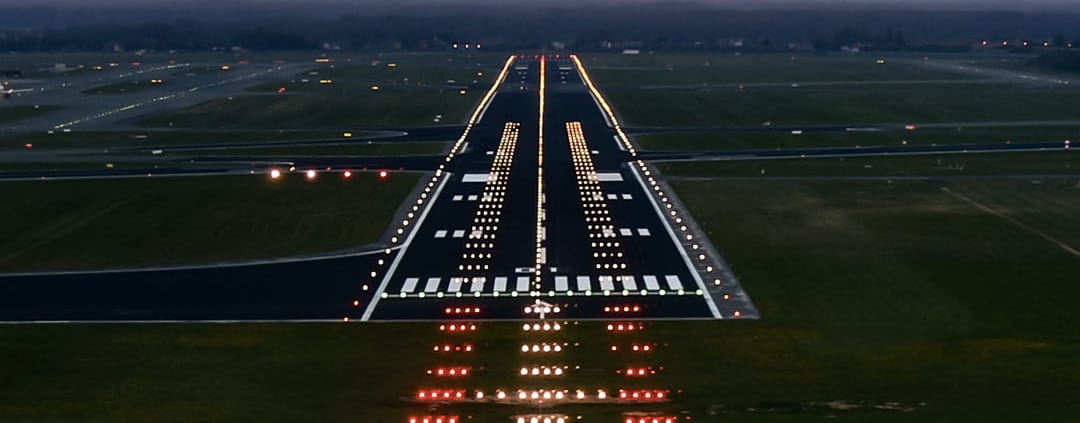路灯分布分析 - 如何达到道路照明标准!
这是 路灯设计。
| 项目名称 | 路线代码 | 道路宽度(米) | 表面类型 | 灯管配置 | 灯管数量 | 灯高度(米) | 灯间距(米) | 角度 (°) | 灯臂长度(米) | 灯与道路之间的距离(米) | 照度(1 米) |
|---|---|---|---|---|---|---|---|---|---|---|---|
| 路线 1 | M5 | 7m | CIE C2(计算湿度) | 单侧灯 | 0.8 | 12 | 40 | 0 | 0 | 0.75 | 8000 |
| 路线 2 | M3 | 14m | CIE C2(计算湿度) | 双边灯 | 0.8 | 10 | 40 | 0 | 0 | 0.75 | 8000 |
现在,根据上述条件,我们需要选择灯具的配光并进行验证。
首先,我们来分析一下路况。
对于道路宽度为 7 米的 1 号路线,应为双车道道路,采用单侧灯具布置,灯杆间距为 40 米,灯杆高度为 7.5 米。
对于道路宽度为 14 米的 2 号线路,应为四车道双向道路,采用双边灯具布置,灯杆间距为 40 米,灯杆高度为 9 米。
根据这些道路条件,我们参照 IESNA 对路灯的分类,着手选择灯光分布。
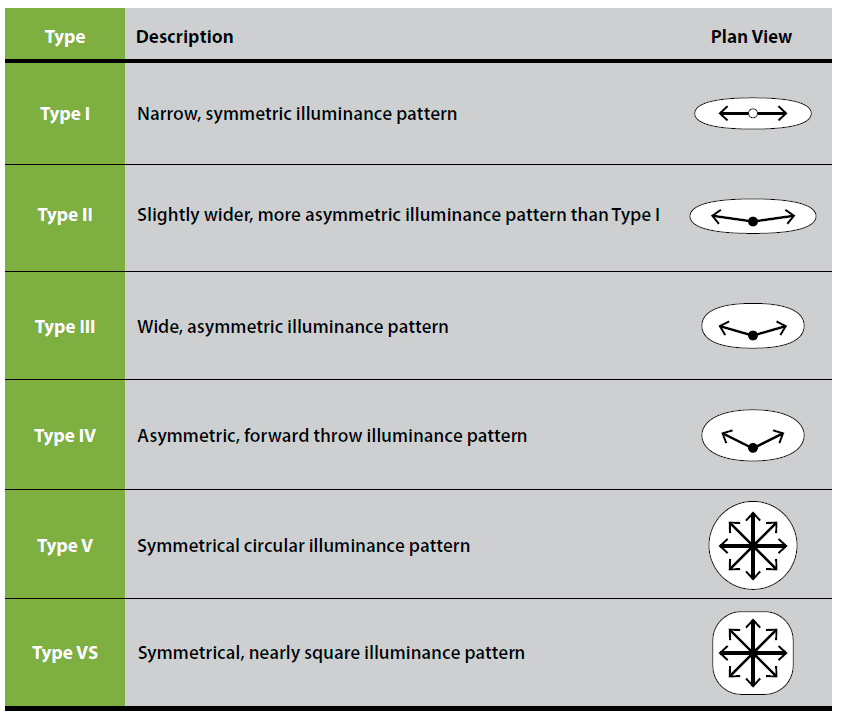
↑ IESNA 路灯分类,《北美照明手册》第 10 版
对于一至双车道的道路,我们通常选择 II 型路灯。I 型路灯适用于小路和人行道,而 III 型路灯则适用于高速公路主干道。
我们可以根据路面宽度参考以下规则。

根据上表,我们应选择 II 型 L 分布。不过,考虑到道路条件中规定的灯与道路之间的距离为 0.75 米,我们将稍微调整灯杆间距,选择 II 型 M 或 S 分布。
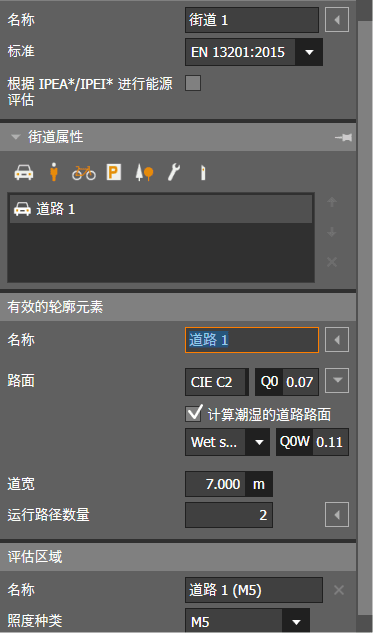
让我们开始测试路线 1,在 DIALux evo 中设置路况(我们避免使用 DIALux4.13,因为它不支持选择新标准所需的 EN13201:2015 标准)。
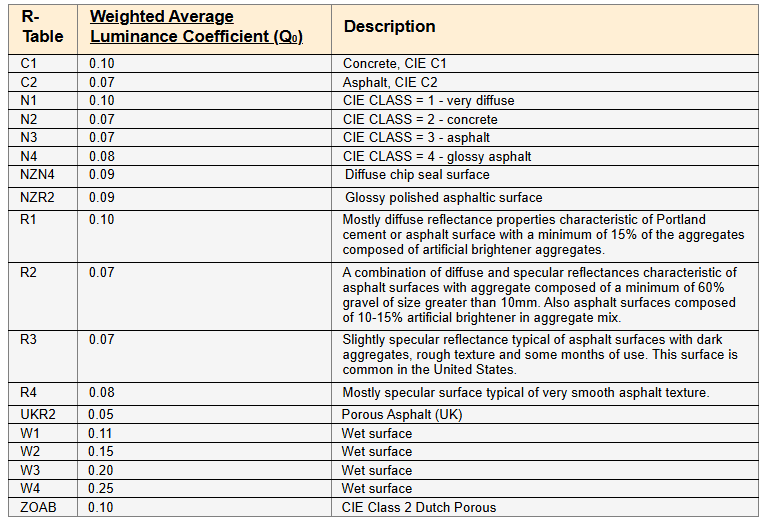
在这里,我们需要将路面类型选择为 CIE C2,并勾选计算湿路面的选项,选择 W1。
CIE C2 表面对应于沥青,类似于我们传统的 R3 的反射率。下面将对代码做进一步解释:
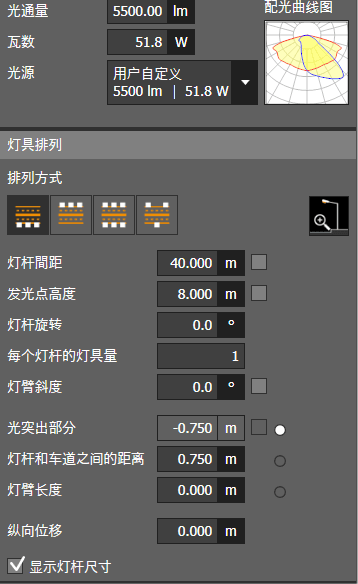
设置好路况后,我们就可以选择光线分布进行验证计算了。
我们将选择第二类 S 分布进行验证。
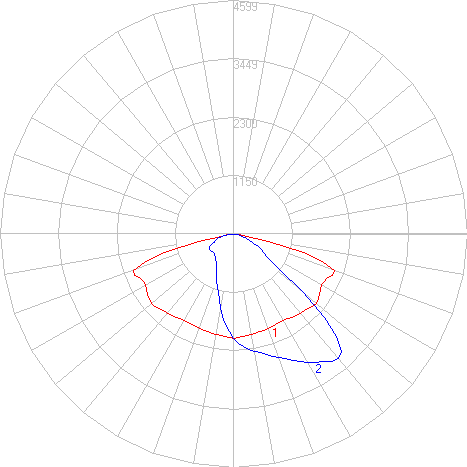
设置灯泡排列条件,并将灯泡光通量配置为所需的 5500lm。

核查结果

结果并不令人满意;路面亮度均匀性低于 0.5cd/m² 的标准要求。不过,Uo 和 Uow 以及 Ul 都大大超过了标准值。
我们可以得出结论,分布可能略有不足,但究竟是哪里不足呢?我们需要对亮度计算网格进行分析。

通过分析上面的计算网格,我们发现了最小值,即两灯柱之间的数值较低。这表明两端的配光需要加强,因此我们将直接选择 II 型 M 配光进行计算。
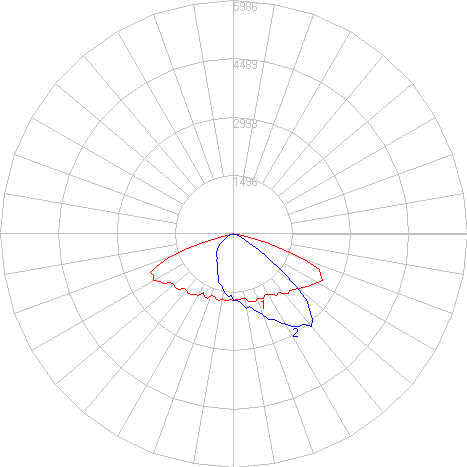
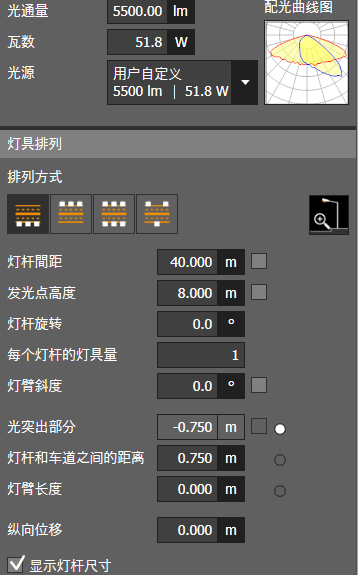
核查结果
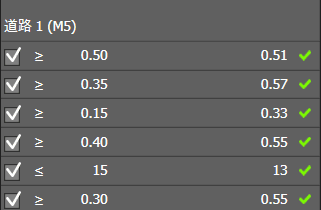
所有结果都令人满意,表明在规定的 5500lm 光通量下,这种配光可以满足客户的要求。
接下来,让我们来看看 2 号公路,并设置道路条件:四车道双向公路,M4 标准,计算湿滑路面。
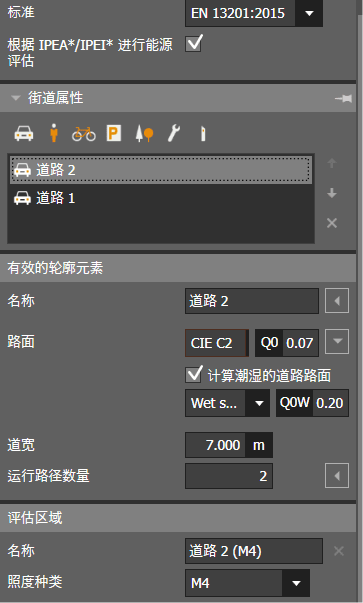
2 号公路的路况与 1 号公路基本相同,但它是一条双向四车道公路,路灯采用双边布置,并提升了一级。
我们将再次选择第二类 M 分布进行排列。
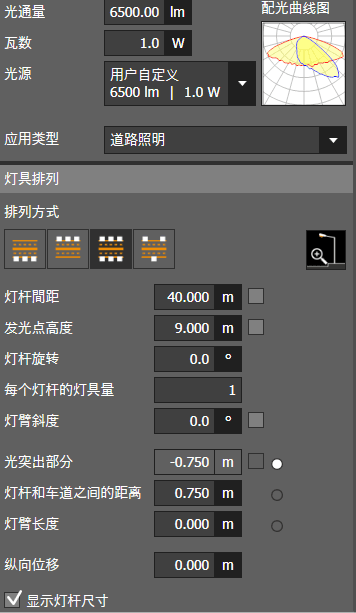
核查结果
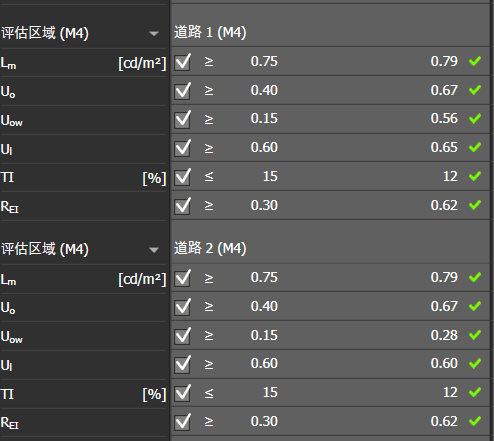
两侧均符合条件,这表明在 6500lm 的指定光通量下,这种分布可以满足客户的要求。
通过上述分析,我们可以发现,在为以下项目选择配光时,有一些规律可循 街道照明.无论是选择现有产品还是开发新产品,都可以根据这些规则进行设计,然后通过计算结果找出缺陷,并有针对性地进行相应修改。
为什么要计算湿路面的亮度均匀性?
为什么需要计算湿路面的亮度均匀性?
